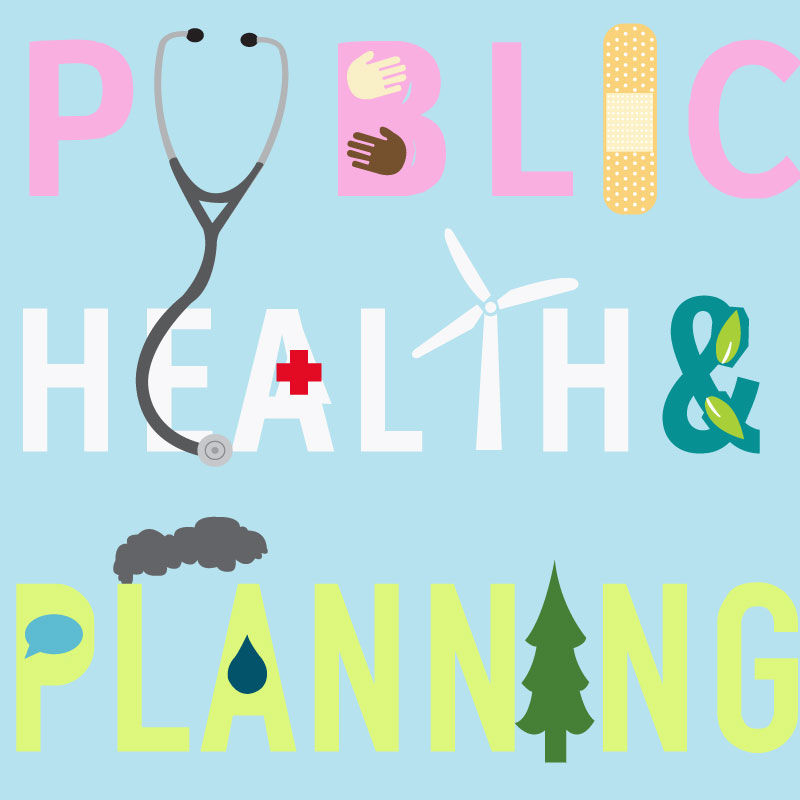Livable neighborhoods that implement sustainable best practices such as parks, complete streets, and green stormwater infrastructure can increase physical activity and access to healthy food. They can improve air and water quality and minimize the effects of climate change and mental health stresses. Additionally, these sustainable practices strengthen the social fabric of a community by providing fair access to livelihood, education, and resources. It’s a win-win!
The tremendous strides public health professionals and planners are making to join forces on these common goals is ever expanding. For example, WRT’s planners have established strategic partnerships with professionals at the Center for Disease Control and Prevention and the American Public Health Association. Together, we are collaborating on health initiatives and addressing national audiences to raise awareness about the powerful nexus of public health and planning.
For more info on planning for public health, visit APA's site.

